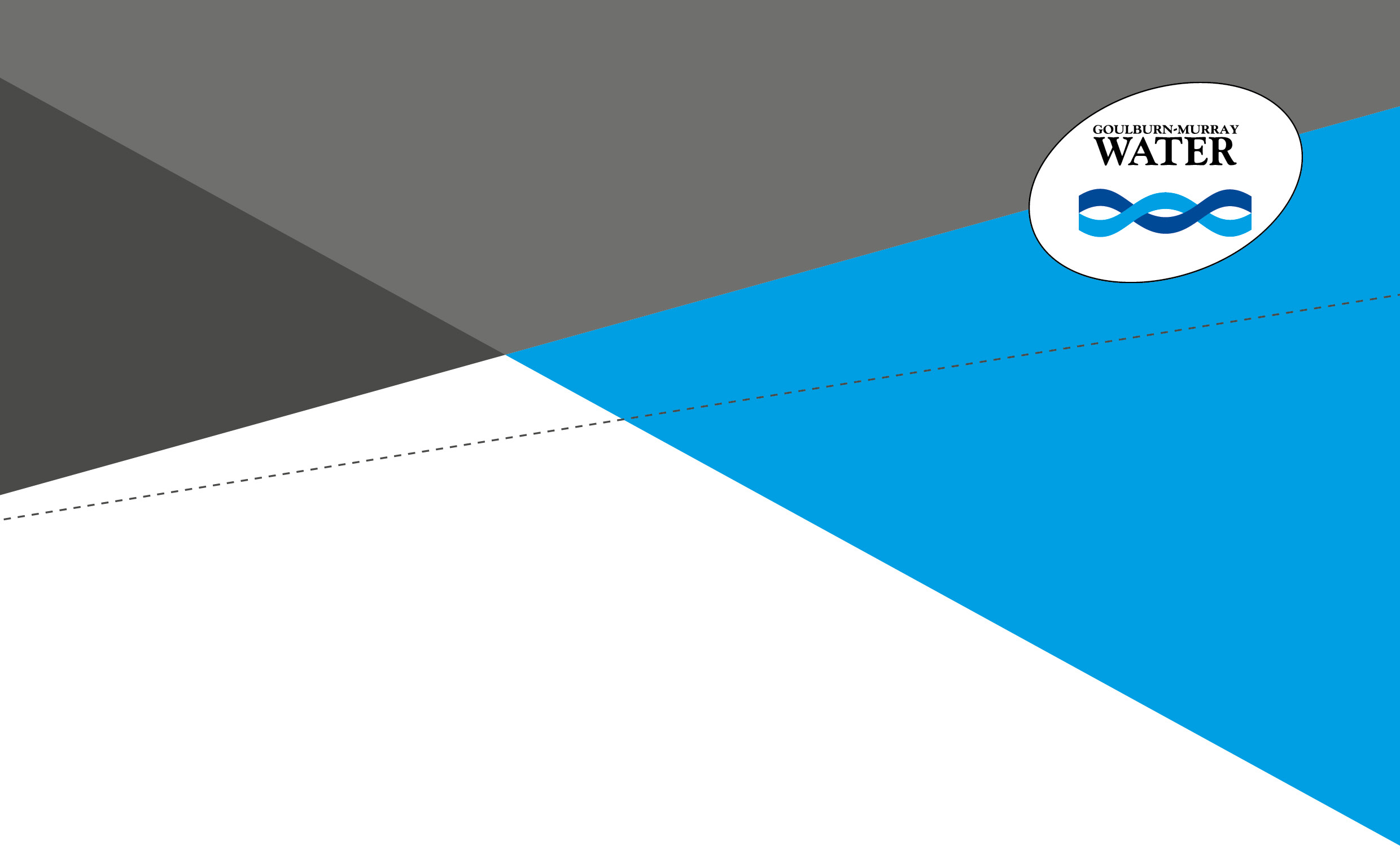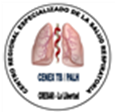DANGEROUS GOODS AND HAZARDOUS SUBSTANCES SAMPLE AUDIT TEMPLATE DANGEROUS
1[FORM NO 17 [SEE RULE 130] NOTICE OF DANGEROUS20050706 CONSOLIDATED TRANSPORTATION OF DANGEROUS GOODS REGULATIONS – RÈGLEMENT
35 REV 1983] DANGEROUS DRUGS CAP 245 (REPEALED BY
726 – DANGEROUS DRIVING CAUSING DEATH OR SERIOUS INJURY1
A POTENTIALLY DANGEROUS REQUESTQUERYSTRING VALUE WAS DETECTED FROM THE
ADVISORY COMMITTEE ON DANGEROUS PATHOGENS (ACDP) 5 EXPERT MEMBERS
Sample Dangerous Goods/Hazardous Substance Risk Assessment:

Dangerous
Goods and Hazardous Substances
Sample
Audit Template
Dangerous Goods and Hazardous Substances
This template is a sample only.
Your Club is responsible for ensuring its plan contains current information and is up to date at all times with any relevant Act, Regulation, Local Law or By-Law that may apply.
The Club is responsible to ensure that an audit of dangerous goods and hazardous substances is conducted on an annual basis and that risk assessments for all dangerous goods and hazardous substances are completed and submitted to GMW. The club must also keep the audit on record.
A current Safety Data Sheet (SDS) is to be kept for all dangerous goods stored on the club premises. The SDS should be used to complete the information on the Chemical register and Dangerous Goods/Hazardous Substances.
Use
the Chemical Register on page 3 to list all chemical substances that
are held at your club.
Completing a risk assessment will assist you:
identify which persons are at risk
determine what sources and processes are causing that risk
identify if and what kind of control measures should be implemented, and
check the effectiveness of existing control measures.
Samples
of a Dangerous Goods/Hazardous Substances Risk Assessment form is on
page 4 and 5.
For
dangerous goods which an SDS has not been obtained you must have
alternative relevant health and safety information readily available
and accessible.
Note: When calculating the maximum quantity for bulk goods, the maximum quantity is equal to the volume of the storage tank or vessel. E.g. if the storage tank has a capacity of 5,000 litres but is only half full (2,500 litres), the maximum quantity is to be recorded as 5,000 litres.
For further information, it is important that you read Victorian Worksafe Code of practice for the storage and handling of dangerous goods: 2013. This can be found at:
Sample Chemical Register
|
Chemical Register: (Combined Dangerous Goods and Hazardous Substances) |
|||||||||||||
|
Name of Club: |
|
Date Completed: |
|
||||||||||
|
Club Auditor Name: |
|
Phone: |
|
||||||||||
|
Name of Substance |
Location of Substance |
Current MSDS Yes/No |
Hazardous Yes/No |
Dangerous Goods Yes/No |
Class and Packaging Group |
Max. Quantity |
Risk Assessment Yes/No |
Uses |
|||||
|
Premium unleaded petrol |
Fuel shed |
Yes |
Yes |
Yes |
Class 3/ PG II |
4 x 20L |
Yes |
Boat fuel |
|||||
|
LPG |
|
Yes |
Yes |
Yes |
N/A |
|
Yes |
Cooking |
|||||
|
|
|
|
|
|
|
|
|
|
|||||
|
|
|
|
|
|
|
|
|
|
|||||
|
|
|
|
|
|
|
|
|
|
|||||
|
|
|
|
|
|
|
|
|
|
|||||
|
|
|
|
|
|
|
|
|
|
|||||
|
|
|
|
|
|
|
|
|
|
|||||
|
|
|
|
|
|
|
|
|
|
|||||
|
|
|
|
|
|
|
|
|
|
|||||
|
|
|
|
|
|
|
|
|
|
|||||
|
|
|
|
|
|
|
|
|
|
|||||
|
|
|
|
|
|
|
|
|
|
|||||
|
|
|
|
|
|
|
|
|
|
|||||
|
|
|
|
|
|
|
|
|
|
|||||
Sample Risk Assessments
|
Dangerous Goods/Hazardous Substances Risk Assessment |
|||||||||||||||||||||
|
Name of Club: |
|
Date Completed: |
|
||||||||||||||||||
|
Club Auditor Name: |
|
Phone: |
|
||||||||||||||||||
|
Dangerous Good/Hazardous Substance: |
Premium unleaded petrol |
MSDS Date: |
12/08/2015 |
||||||||||||||||||
|
State: |
Solid Liquid Gas Fine dust Coarse Dust Paste Liquid |
||||||||||||||||||||
|
|||||||||||||||||||||
|
Hazard |
Application |
Risk
Severity |
Controls |
||||||||||||||||||
|
Acid |
|
|
|
||||||||||||||||||
|
Corrosive |
|
|
|
||||||||||||||||||
|
Dangerous when wet |
|
|
|
||||||||||||||||||
|
Explosive |
|
|
Store in a segregated and approved area. Keep container in a cool, well-ventilated area. Keep container tightly closed and sealed until ready for use. Avoid all possible sources of ignition (spark or flame). Store and use only in equipment/containers designed for use with this product. Do not remove warning labels from containers.
Petrol vapours can build up in the headspace of tanks. These can cause flammability/explosion hazards even at temperatures below the normal flash point. (Refer SDS). Tank headspaces should always be regarded as potentially flammable and care should be taken to avoid static electrical discharge and all ignition sources during filling, ullaging and sampling from storage tanks. |
||||||||||||||||||
|
Flammable |
Fuel |
High |
Used when boat turned off and away from ignition sources |
||||||||||||||||||
|
Fumes/Vapour |
|
High |
Decant in a well ventilated area or provide exhaust ventilation or other engineering controls to keep the airborne concentrations of vapours below their respective occupational exposure limits
Product contaminated rags, paper or material used to absorb spillages, represent a fire hazard, and should not be allowed to accumulate. Dispose of safely immediately after use. |
||||||||||||||||||
|
Irritation |
|
|
Likely to be irritating to the respiratory tract if high concentrations of mists or vapour are inhaled |
||||||||||||||||||
|
Organic Peroxide |
|
|
|
||||||||||||||||||
|
Oxidising Agent |
|
|
|
||||||||||||||||||
|
Dangerous Goods/Hazardous Substances Risk Assessment |
|||||||||||||||||||||
|
Name of Club: |
|
Date Completed: |
|
||||||||||||||||||
|
Club Auditor Name: |
|
Phone: |
|
||||||||||||||||||
|
Dangerous Good/Hazardous Substance: |
LPG |
MSDS Date: |
|
||||||||||||||||||
|
State: |
Solid Liquid Gas Fine dust Coarse Dust Paste Liquid |
||||||||||||||||||||
|
|||||||||||||||||||||
|
Hazard |
Application |
Risk
Severity |
Controls |
||||||||||||||||||
|
Acid |
|
|
|
||||||||||||||||||
|
Corrosive |
|
|
|
||||||||||||||||||
|
Dangerous when wet |
|
|
|
||||||||||||||||||
|
Explosive |
|
|
|
||||||||||||||||||
|
Flammable |
Fuel |
High |
Only used in approved gas cooking appliance |
||||||||||||||||||
|
Fumes/Vapour |
Fuel |
High |
Bottles only handled and changed by Gas Company technician |
||||||||||||||||||
|
Irritation |
|
|
|
||||||||||||||||||
|
Organic Peroxide |
|
|
|
||||||||||||||||||
|
Oxidising Agent |
|
|
|
||||||||||||||||||
Document Number: A3354089
Publish Date: October 2018
APPLICATION FOR A LICENCE TO KEEP DANGEROUS WILD
APPLICATION FOR A LICENCE TO KEEP DANGEROUS WILD ANIMAL(S)
APPLICATION FOR A LICENCE TO KEEP DANGEROUS WILD ANIMALS
Tags: dangerous goods, corrosive dangerous, dangerous, goods, substances, sample, audit, hazardous, template
- INFORMACIJA DĖL MINIMALIŲ KVALIFIKACINIŲ VALSTYBINIŲ MOKSLO IR STUDIJŲ INSTITUCIJŲ
- CANNOCK CHASE DISTRICT COUNCIL COMMUNITY INFRASTRUCTURE LEVY (CIL) –
- JEWISH AGENCY READIES MINSK AIRLIFT THE JERUSALEM POST 19
- 37 LEPTOSPIROSIS Y PULMÓN AUTORES MAIORINO CLAUDIA BIGOT MARIA
- PÁLYÁZATI HIRDETMÉNY A LAKÁSOKRÓL ÉS A NEM LAKÁS CÉLJÁRA
- AN INDEPENDENT WATCHDOG OF THE GLOBAL FUND AND PUBLISHER
- SOUTH CAROLINA GENERAL ASSEMBLY 117TH SESSION 20072008 H 4309
- S OMETHING IN THE AIR? IMARA AND ALEXIS ARE
- MAKE UP EXAMINATION CHRISTINA WROBEL APRIL 2005 MULTIPLE CHOICE
- LINEAMIENTOS AL MARGEN UN SELLO QUE DICE INSTITUTO DE
- PÁGINA 5 JUNTOS HAREMOS HISTORIA BOLETÍN 00071 RINDE AMLO
- DECEMBER 2010 UNCERTAINTY OVER THE YEAR AHEAD REMAINS
- VENTA FRUTAS EJERCICIO PASO A PASO UNIDAD 6 FORMATO
- 2 PROJEKTS LATVIJAS REPUBLIKAS MINISTRU KABINETA SĒDES PROTOKOLS RĪGĀ
- KIMYA BÖLÜMLERININ BILIMSEL PERFORMANS DEĞERLENDIRMESI OĞUZ OKAY İTÜ FEN
- SENATE GROUP RETURN FOR 2019 FEDERAL ELECTION HELD
- MANIFEST DE LA COMISSIÓ DEL 32 77È ANIVERSARI DE
- RAMÍREZ R (2009) TALLER DE MATEMÁTICAS PARA PADRES MADRES
- ČLOVĚK A PŘÍRODA FYZIKA – 8 ROČNÍK OČEKÁVANÉ VÝSTUPY
- MEMBER ACHIEVEMENT PLAN — 8 GOLD PIN APPLICATION FORM
- INSTANȚA DOSAR NR CERERE DOMNULE PREȘEDINTE SUBSEMNATULSUBSEMNATA
- ANNEX 1 NUMBER OF ECONOMIC UNITS WITH A STAFF
- ŽILINSKÁ UNIVERZITA V ŽILINE FAKULTA ŠPECIALNÉHO INŽINIERSTVA MECHANICKÉ A
- CAMPEONATOS DE ESPAÑA DE CLUBES AOB L OS ALCÁZARES
- BAB II KAJIAN PUSTAKA BAB 2 BERISI TENTANG TEORITEORI
- ANEXO V MODELO PARTE DE ASISTENCIA ACCCIÓN FORMATIVA EJERCICIO
- A REA ELECTRICIDAD Y ELECTRÓNICA ASIGNATURAS ELECTRICIDAD APLICADA I
- AUTOSHAPE 2 18 GRUPO AUTOSHAPE 4 A AVALIACIÓN DEBE
- UNIVERSIDAD DE LA REPUBLICA FACULTAD DE CIENCIAS DPTO EVOLUCIÓN
- EXCEL INTO AUTOCAD 2008 TABLES NOTE IF THE EXCEL
THE US SOLIDARITY ECONOMY NETWORK INVITES YOU TO THE
 PROJECT NAME STAGE GATE REVIEWS VERSION 10 ERROR! UNKNOWN
PROJECT NAME STAGE GATE REVIEWS VERSION 10 ERROR! UNKNOWN 59 БЕОГРАДСКИ ФЕСТИВАЛ ДОКУМЕНТАРНОГ И КРАТКОМЕТРАЖНОГ ФИЛМА 30 МАРТ
59 БЕОГРАДСКИ ФЕСТИВАЛ ДОКУМЕНТАРНОГ И КРАТКОМЕТРАЖНОГ ФИЛМА 30 МАРТGYŐRTELEK KÖZSÉG ÖNKORMÁNYZATA KÉPVISELŐTESTÜLETÉNEK ÉS FÜLPÖSDARÓC KÖZSÉG ÖNKORMÁNYZATA KÉPVISELŐTESTÜLETÉNEK
JAPAN’S COUNTRY ASSISTANCE POLICY FOR TIMORLESTE APRIL 2012 1
VARIABLE DIRECT DEBIT PAYMENT SCHEME APPLICATION INFORMATION REGISTERS OF
 Programación Energética Semanal de la Semana 117 Fecha 29122016
Programación Energética Semanal de la Semana 117 Fecha 29122016EL LIBRO DE LOS SERES IMAGINARIOS JORGE LUIS BORGES
 REPUBLIKA HRVATSKA KRAPINSKOZAGORSKA ŽUPANIJA OPĆINA MARIJA BISTRICA KLASA 0230118013
REPUBLIKA HRVATSKA KRAPINSKOZAGORSKA ŽUPANIJA OPĆINA MARIJA BISTRICA KLASA 0230118013 COMMUNIQUÉ DE PRESSE LE NOUVEAU SPORTCONTACT 6 ENFIN DISPONIBLE
COMMUNIQUÉ DE PRESSE LE NOUVEAU SPORTCONTACT 6 ENFIN DISPONIBLE 5 CENTRO DE EXCELENCIA PARA MANEJO DE TB “LUZ
5 CENTRO DE EXCELENCIA PARA MANEJO DE TB “LUZMODÈLE DE DÉLIBÉRATION D’UN BÉNÉFICIAIRE DU FCTVA POUR L’APPLICATION
NZQA REGISTERED UNIT STANDARD 20389 VERSION 3 PAGE 4
 CAMPEONATO REGIONAL DEL DEPORTE EN EDAD ESCOLAR RUTAS DE
CAMPEONATO REGIONAL DEL DEPORTE EN EDAD ESCOLAR RUTAS DED CON DNI Y CON DOMICILIO EN C DE
MODULES VOOR HET BRIDGECLUBBESTUUR MODULE 0 TAKEN EN FUNCTIES
WYNIKI KONKURSU „WZOROWO LECZONA RANA” OGŁOSZENIE WYNIKÓW KONKURSU I
RD INSTRUCTION 1900A PART 1900 GENERAL SUBPART A
IMPREST FUND 102402 DATE THE FOLLOWING PROVIDES AGENCY IMPREST
ERTUĞRULGAZİ İLKÖĞRETİM OKULU 2011–2012 EĞİTİMÖĞRETİM YILI 6A SINIFI I